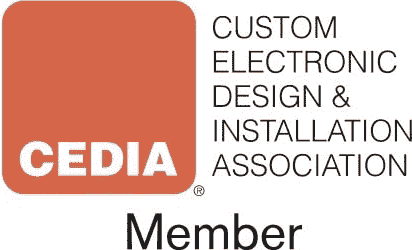Just because you’re watching something on an HDTV, that doesn’t mean it’s really HD. Some high definition signals aren’t as good as others, and some movies you watch on an HDTV aren’t HD at all.
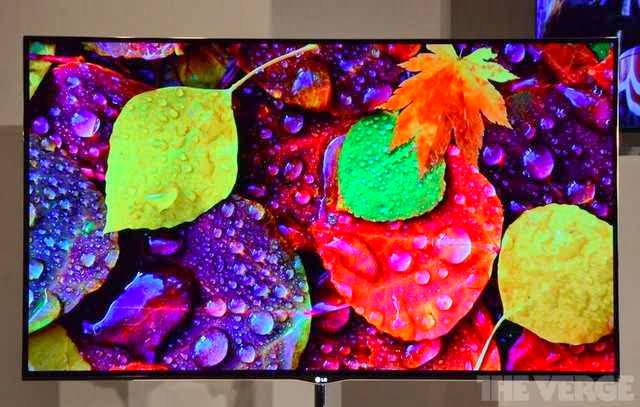
Congratulations, you’ve got a shiny new HD TV screen mounted on the wall in your media room and the goodies (cable or satellite connection, Netflix account, DVD player) to go with it.
So how come the picture on your HDTV isn’t as spectacular as you were expecting?
People throughout the New York area who’ve installed their own equipment often call DTV Installations asking for help because the picture on their new, modern TV isn’t as good as they think it should be. What we’ve found is that their problem usually isn’t with the television or monitor; it’s usually because their “HD” video source isn’t delivering a true HD signal.
A TV that says “high definition” on the box doesn’t automatically give you an HD picture – you have to give it the right help and use the right equipment in order to enjoy true high definition. Here’s what you need to know.
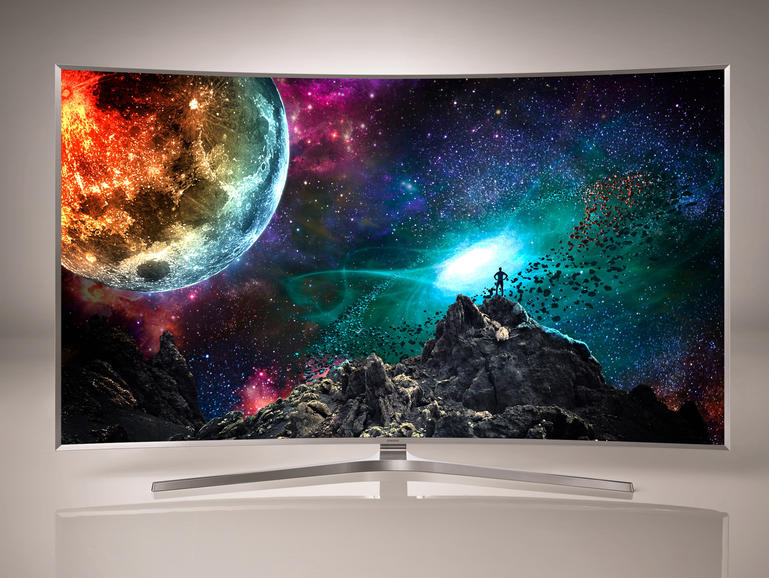
The Easy Stuff
You may have a TV signal or movie that’s true HD, but not making it all the way to your TV. In that case, improving your picture quality could be as simple as making a phone call or changing a cable service.
1) You don’t automatically get a high definition signal when you order cable or satellite service.
- Solution: Ask the service provider to provide an HD box and to activate HD signals for your home.
2) Some cable companies have separate channels for standard and high-definition signals. They may show CNN in standard definition on channel 26, for example, and CNN in high-def on channel 1026.
- Solution: Check your channel guide to make sure that you’re watching the HD channel.
3) You should be using an HDMI cable to connect your video source to your television (or, if absolutely necessary, component cables); a yellow composite cable won’t transmit high definition signals.
- Solution: Buy HDMI cables. They are inexpensive, and you will need them for best performance.
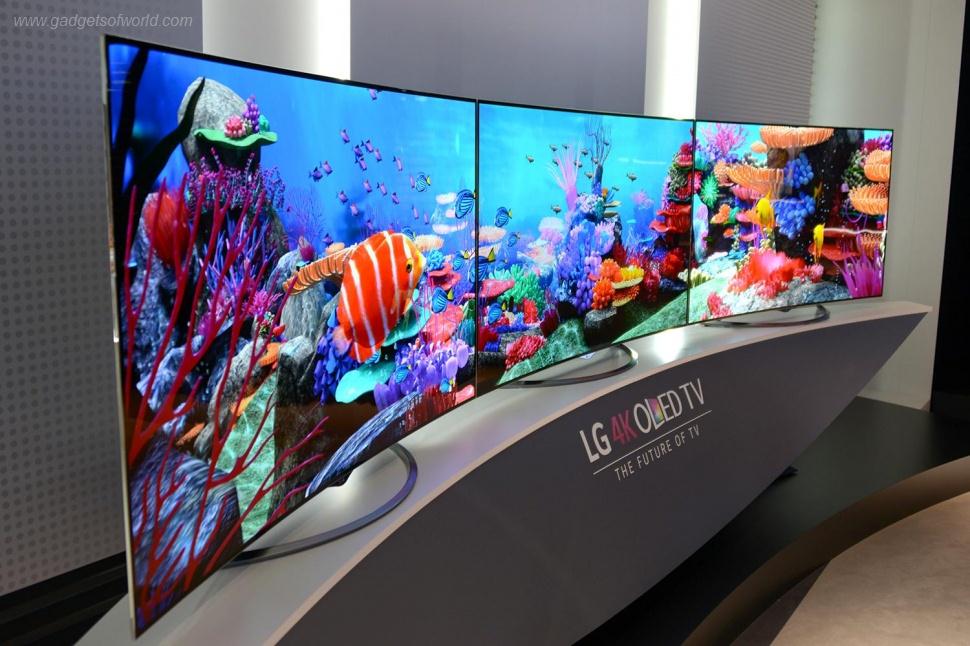
Is Your HD Really HD?
You’ve probably heard the term “1080p” – that’s the term used to describe the video resolution of “true” high definition signals. 720p is also referred to as high definition, but it doesn’t deliver the same rich, detailed picture because there are fewer lines of pixels in a 720p signal. (Higher resolutions like 4K are now available, but not yet common.) When you buy a modern HDTV (and not a cheap model) it will be 1080p.
A Blu-ray player delivers video at 1080p, so a movie on a Blu-ray disc should look perfect on your high definition TV. After that, though, things get more complicated. An over-the-air HD television signal (captured by an antenna) will be 1080p and close to optimal. But the signals you receive by cable or satellite have to be converted by the TV before they can be displayed (they’re really 1080i and not 1080p, and we won’t bother with the full). The bottom line is that the quality of cable or satellite video won’t be quite as good as Blu-ray video, but will come pretty close.
Now we get to streaming services like Netflix and Amazon. Their signals are 720p high definition (which is easier and cheaper to transmit than 1080p), so they have to be “upconverted” by your TV to fill the 1080p screen with more pixels. The video will look good but will be softer, may have some video noise, and won’t have the same punch as true high definition video. If you have a really big size HDTV screen, that’s when you may notice that “it doesn’t look like the HD I expected.”
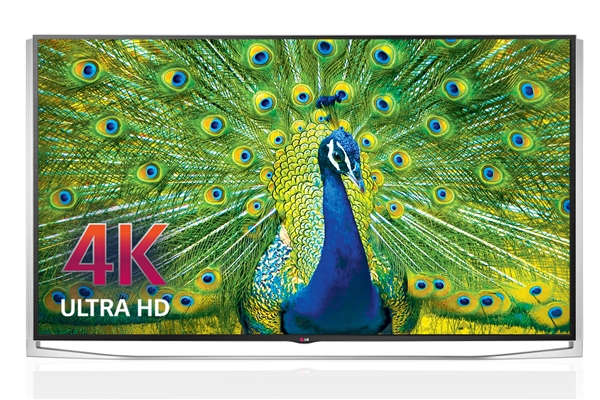
Finally, there’s the real problem: DVD players. DVDs transmit standard definition video at 480p, and have to be drastically upconverted to play on 1080 HD televisions. To illustrate how much of a difference that makes, a 1080p HDTV has to display about 500% more information than is contained in a 480p signal. Newer DVD players have upscaling functions which deliver a much better picture to high definition televisions than older models – but to put it simply, DVDs ain’t HD, whether or not you watch them on an HDTV, and they’re not going to look great on a modern high definition television.
If you have any other questions about how to get the best movie theater experience in your home, just give us a call. We will be happy to assist you.
Why is Everyone Using In-Wall Invisible Speakers With Their Home Theater?
